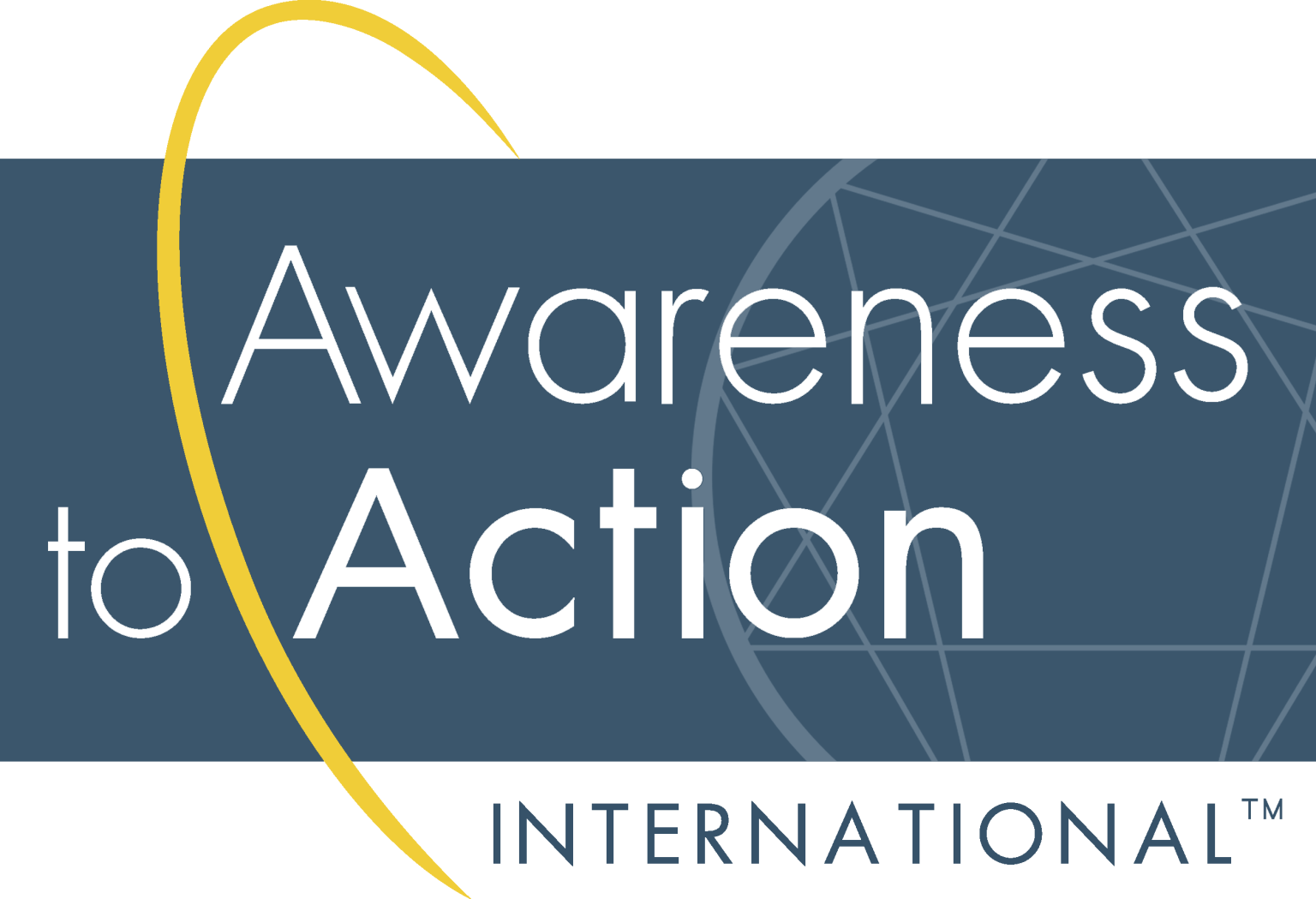Humans are tribal creatures and at a deep, non-conscious level we often associate “different” with “bad.”
This innate bias served our ancestors well. To them, a stranger was likely to be a threat—a competitor for territory, mates, resources; a risk to their very lives. They were safe with members of their tribe who they knew and trusted based on experience, but they were wary of “the other” and quick to assume the worst about them.
We have inherited our ancestors’ biological impulses toward tribalism but we do not live in the same world the lived inhabited. We encounter strangers every day and most of us most, of the time, don’t experience more than a twinge of suspicion or caution.
In the same way that our tribalism causes us to sense danger when it is not there, feelings of danger often supercharge and amplify our tendencies toward tribalism.
It is no surprise then that during a perfect storm of tragedy—a global pandemic, a devastated global economy, and, in the US, the riots that have followed the brutal apparent murder of yet another unarmed black man—have activated emotions that threaten to turn our divisions (real or perceived) into unbridgeable chasms.
Many of us have struggled to focus completely on our work and daily lives as we wrestle with the feelings of outrage and sorrow that these events have evoked. I must admit that it took me time to start looking past the images of anger and destruction for the rays of light represented by scenes of demonstrators of different races joining to make their message of peace heard, of neighbors joining to clean the debris of needless destruction, and of police officers kneeling in unity with demonstrators.
Further, I have found inspiration in the example of our team at Awareness to Action International and the efforts of our clients to build better workplaces for their employees.
ATAI is a testament to the fact that people of different cultures, colors, countries, religions, and languages can work together toward a shared vision. I live in the US. My partners, Maria Jose and Tamer live in Chile and Egypt. The rest of our team members represent 10 additional countries and our clients, customers, students, and friends come from more places across the globe than I can keep track of. But we all work together because we share a common passion and purpose—to help people see themselves and others more clearly and compassionately and to act more effectively. We are a widely dispersed team but we are part of the same tribe.
Leaders around the world are faced with the challenge of supporting people through crises and fear of an uncertain future. Even in the best of times it is difficult to get the tribes within our organizations to collaborate effectively—to get engineering to work with sales, sales to work with finance, etc. Any leader who has tried to restructure a company or integrate an acquisition has had to grapple with our innate tribalism.
The fears that come from the very real dangers we all face will make overcoming our tribal instincts a challenge, and there is only one way to make tribes stop warring—to help them truly understand that they are, in some way, part of a common tribe. No easy task, I know, but it is the only hope.
As leaders—and let’s be honest, as citizens of our nations and of the world—we need to be particularly attentive to the messages of unity or division we send. We can seek common ground and work toward a vision we can all share, or we can tumble into acrimony.
We have a better chance of succeeding in the former if continue to practice the mindful self-awareness that allows us to recognize when we fall into our ineffective instinctual and habitual patterns. We can then demonstrate the authenticity and integrity to challenge our narratives and rewrite them when they don’t match the reality of our world. And then we must act.
As we wrestle with what is happening in the world around us, we should remember that for every image of violence and hatred in the world there are countless images of kindness, generosity, and shared humanity—we simply need to look for them. Such images are a reminder that while we may have differences, we are one tribe.






